You have no items in your shopping cart.
Do you have a project in mind but have no idea where to start? Let us help you. One of the first things you will want to do is decide what kind of fiberglass you want to use. Do you need to build up thickness fast? Are you concerned about strength? Do you have tight corners you are working with? Let us break things down a bit to help you decide if fiberglass cloth is right for your project or if you are needing chopped strand mat. Keep in mind that you can actually use both together to achieve your desired outcome. Below is an overview.
Fiberglass Cloth

(Plain weave fiberglass cloth)
Fiberglass Cloth is a woven fabric. Plain, 4 harness satin and 8 harness satin are the weave styles we carry. The 4, 6 and 10 ounce plain weave fabrics are the most commonly used. In this simple plain weave pattern, warp and fill yarns are interlaced over and under each other in alternating fashion. The plain weave is the easiest to handle since it does not unravel as much as the other weaves when cut.

In the four-harness satin weave pattern there is a three by one interfacing where a filling yarn floats over three warp yarns and under one.

The eight harness satin is similar to the four harness satin except that one filling yarn floats over seven warp yarns and under one. The satin weaves are slightly stronger and more pliable than the plain weave and are easier to conform to curved surfaces. They are more difficult to handle than the plain weave, though. Use fiberglass cloth when you are looking to create a strong, light weight product.

Chopped Strand Mat
Chopped Strand Mat (also known as fiberglass mat) has short strands of fibers held together with a resin binder. The fibers are randomly oriented. Mat is only compatible with polyester and vinyl ester resin. When resin is added to the mat, the binder dissolves and the fibers can be moved around. It is easier to conform mat to tight curves and corners than it is with weaved fabric. The reason chopped strand mat is not compatible with epoxy resin is because the binder holding the fibers together needs styrene to properly dissolve. Polyester and vinyl ester resins have styrene in them. (There are some places that sell chopped strand mat that is compatible with epoxy but it is hard to come by and much more expensive). Chopped strand mat is the least expensive fiberglass and is often used in mold construction or projects where thickness is needed. Mat is often used as the first layer (before the gelcoat) in a laminate to prevent print through. Print through is when the fabric weave texture shows through the resin. Chopped Strand mat does not have much strength. If you need strength you should choose a woven cloth or you could mix the two. Mat can be used between layers of woven fabric to help build thickness quickly and aid in all layers bonding well together.
For info on more fiberglass reinforcements and resin, check out our Ultimate Fiberglass and Resin Guidebook for Beginners.
For more detailed information on each fiberglass cloth we carry, you can CLICK HERE.
comments (57)
-

-
 Steven G
Steven GHello, I am trying to cover an exterior deck staircase with fiberglass, mainly to help waterproof underneath the stair area. Can you recommend whether to use cloth mat or fiberglass strand? Thank you!
REPLY from fgwarehouse: Either one will work well as strength isn’t an issue. Cost wise, chopped strand mat is cheaper and typically easier to use if you are going over a contoured surface. Probably more important is what resin you will use. I would recommend using Orca 301 P-17 ISO resin, with and ISO gel coat. For the gel coat, use one layer without wax, and a second layer with Surface Seal and with sand. The sand will give the surface a non-skid texture.
-
 Tony Pinder
Tony PinderHi, I am about to embark on building an 8ft plywood dinghy. My main concern is weight. I am thinking of using 1/4 inch marine plywood and other lightweight wood. What do you recommend I use to finish the hull plywood and still maintain some degree of lightness? thanks
REPLY from fgwarehouse: If you want to go really light, use our 2:1 Epoxy and carbon fiber, ;). But that would be a bit more expensive that what you want to spend. I can’t tell you exactly you will need, but I would start with a couple layers of 6 oz cloth on both sides. This should stiffen it up quite a bit. I would use vinyl ester resin, as it is stronger and has more elongation than Ortho or ISO resins.
-
 Scott
ScottI am replacing the floor of my run about boat. I have 3/4″ marine grade plywood for the replacement.
Not necessarily needing strength just water proofing that I can add carpet to. What would be the best fiberglass type and thickness as well as the appropriate resin/epoxy system?REPLY from fgwarehouse: Scott, since you don’t need to worry about strength, I would either go with the chopped strand mat and vinyl ester resin or 6 oz fiberglass cloth with the 4:1 epoxy resin. Vinyl ester and chopped strand mat will be cheaper than the cloth and epoxy. Epoxy will be the better waterproofer, but vinyl ester is almost as good.
-
 Stefanos
StefanosHappy new year to all!!
I want to make a bumper for my offroad truck.I made the mold and I’m ready for the first product,so I’m thinking to use surface tissue at the first hand lay(because the mold have some very tight and sharp corners and edges)….after 2 hand lays with mat and 2-3 cloth for better strength ,all with vinilester…Is it wrong the mix or notREPLY from fgwarehouse: That looks like it will work. Mat and cloth can be mixed, and vinyl ester is a great resin.


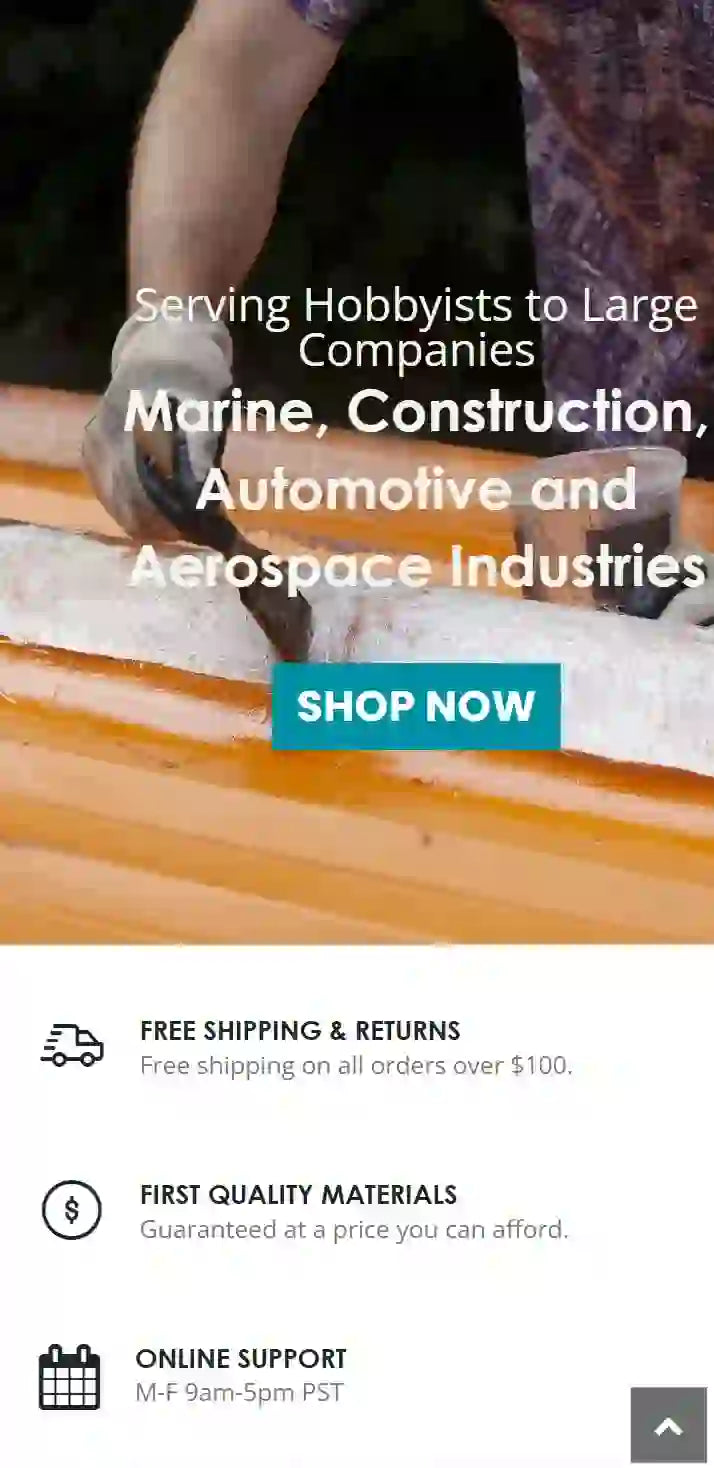
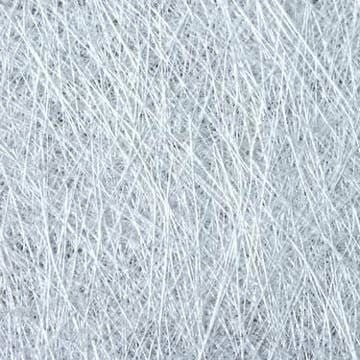
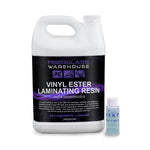

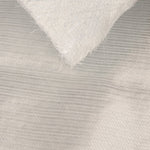
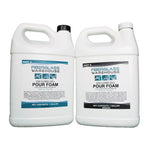
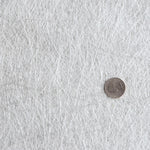

I want to make a standing platform on top of my canoe. The surface area will be approx 40”wX 60” l. What is my best option for strength. Thickness won’t be an issue so I can do layers. I haven’t decided if I’m going to use a polyurethane/ styrofoam mold (for insulating properties, or just use a plywood frame. Also what resin would be best for strength with both and water proof for plywood?
REPLY from fgwarehouse: For strength and waterproofing, epoxy is always the best. If you don’t want to spend the money on epoxy, go with vinyl ester resin. It is much better than polyester resin and almost as good as epoxy. And also much cheaper. Also, you can cover it will gel coat afterwards to help protect the fiberglass.
As far as plywood or styrofoam, the plywood will be stronger, but also heavier. If you use styrofoam, you will need to go with epoxy. All the ‘ester’ resins will eat the styrofoam.
Let me know if you have any more questions.